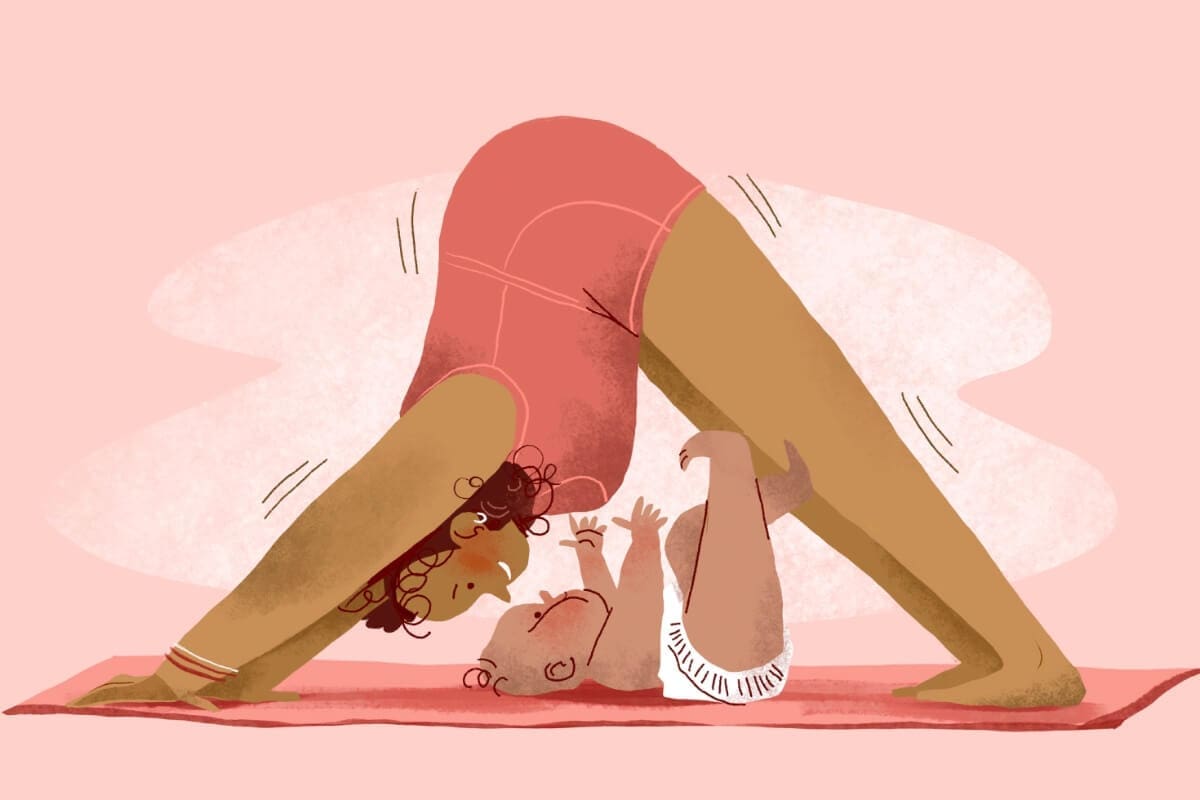
What is peripheral arterial disease (PAD) and claudication?
Peripheral arterial disease (PAD) is a problem with blood flow in the arteries, especially those in the legs. Arteries are blood vessels that carry blood from the heart to the muscles and organs throughout your body. When you have diseased arteries, they become narrow or blocked. If you have PAD, your arms, and more commonly your legs, don’t get enough blood flow. The most common complaint of people who have PAD is claudication.
Claudication is pain in the calf, thigh, or hip muscle that occurs after you have walked a certain distance, such as a block or more. The pain stops after you rest for a while. Each time the pain occurs, it takes about the same amount of time for the pain to go away after you stop walking.
How are PAD and claudication related?
PAD can cause the artery that normally supplies blood to the muscle to narrow. When that happens, less blood can flow through the artery. When you’re resting, enough blood flows to the muscle to meet the needs of the muscle. However, when you walk, the working muscle needs more blood. The narrowed artery may not let enough blood through.
Symptoms of PAD and claudication
Many times, you will have no symptoms of PAD or your symptoms will be mild. Claudication is the most common symptom. Other symptoms may include:
- Numb or weak legs
- Slow toenail growth
- Slow hair growth on legs and feet (or hair loss on legs and feet)
- Weak pulse or no pulse in your legs or feet
- Sores on your legs or feet that are slow to heal
- Feet or lower legs may feel cold
- Erectile dysfunction (in men)
- Lower legs may appear shiny or turn bluish
People with leg pain might think it’s from aging, arthritis, or a diabetes-related symptom. PAD can be dangerous if it’s not treated. If you notice pain in your legs while walking, ask your doctor about claudication and PAD.
What causes PAD and claudication?
The most common cause of narrow or blocked arteries is the buildup of fatty deposits inside them. This is called atherosclerosis. Claudication occurs because not enough blood is flowing to a muscle you are actively using.
How is PAD and claudication diagnosed?
Your doctor may suspect that your arteries have narrowed and will check the pulses in arteries in your legs and feet. Your doctor will listen to the blood flow with a stethoscope or a small Doppler device. Your doctor may hear a noise, called a bruit, which can be a warning that there is a narrowed area in the artery. Blood pressure in your ankles can also be compared to blood pressure in your arms. This test is called an ankle-brachial index, or ABI. Your doctor may do some other tests to look into possible PAD. They may also do tests to see if arteries in other parts of your body have atherosclerosis.
If surgery might help treat the symptoms of claudication, your doctor may recommend an arteriogram. This is an X-ray taken after dye is injected into an artery. The dye study may show narrowing in an artery and provides a “map” for the doctor who will do the surgery.
Can PAD and claudication be prevented or avoided?
Risk factors for PAD and claudication include high blood pressure, diabetes, high cholesterol, cigarette smoking, and older age. Claudication is also more likely in people who already have atherosclerosis in other arteries, such as the arteries in the heart or brain. People who have claudication may have already had heart attacks or strokes.
PAD and claudication treatment
PAD and claudication are often treated with diet and exercise, and sometimes medicine. People who have PAD or claudication should not smoke. It is important to bring down high cholesterol, high blood pressure, and high blood sugar levels.
A walking program is very helpful. You should walk at least 4 times a week for 30 to 60 minutes each time. Walk until the pain is too uncomfortable to continue. Stop and rest until the pain goes away. Then start walking again. If you start a new exercise program, such as walking or stair climbing, begin by exercising slowly and gradually increase the time you spend exercising. You may see improvement in your symptoms within 2 months.
Medicine can help some people who have PAD and claudication. Ask your doctor if medicine is right for you.
If your arteries are badly blocked, you may need a procedure called angioplasty to open them up. During an angioplasty, a thin tube called a catheter is inserted into the artery. A small balloon on the tip of the catheter is inflated. This helps to open up the artery. The balloon is then deflated and removed. Sometimes a device called a stent (a small wire mesh tube) will be left in the artery. The stent will help hold the artery open. Angioplasty is normally done while you are awake.
If the narrow area of the artery is very long, you may need to have bypass surgery. For the surgery, your doctor will take a vein from another part of your body. The vein will be attached above and below the narrowed part of the artery. This lets the blood flow around the narrowed area. Sometimes a synthetic (manmade) graft is used instead of a vein.
Living with PAD and claudication
If you believe you could have PAD, it is important that you talk to you doctor right away. Being diagnosed with PAD indicates that you are also at higher risk for heart attack and stroke. Treatment and lifestyle changes such as diet and exercise can improve PAD symptoms. They can also decrease your likelihood for heart attack or stroke.
Questions to ask your doctor
- What is the likely cause of my PAD/claudication?
- What lifestyle changes do I need to make at home to help relieve my symptoms?
- Is it safe for me to exercise? How do I get started?
- What treatment option is best for me? Will I need medicine? Surgery?
- Will the medicine you’re prescribing interact with medicine(s) I already take?
- What symptoms will indicate that my condition is getting worse?
- Do PAD or claudication put me at risk for any long-term problems?
Resources
American Heart Association: About Peripheral Artery Disease
National Institutes of Health, MedlinePlus: Peripheral Artery Disease
![]()
Copyright © American Academy of Family Physicians
This information provides a general overview and may not apply to everyone. Talk to your family doctor to find out if this information applies to you and to get more information on this subject.










